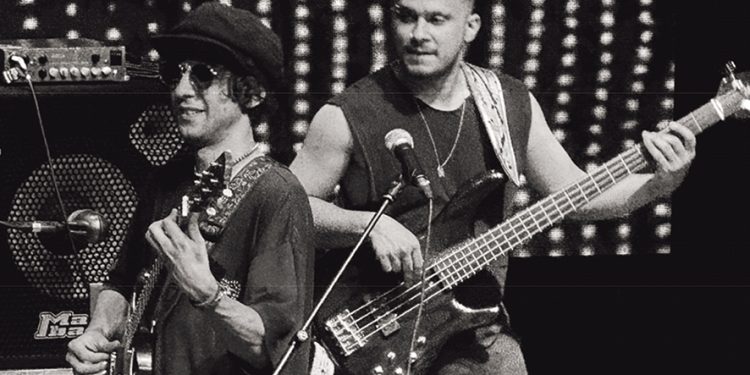The Pedro Martins Group opened the Joseph Lagidze International Arts Festival ‘Tbilisi Rhythm’ at the Vakhtang Salaridze Concert Hall last week, marking their first-ever performance in Tbilisi. Comprising multi-instrumentalist and vocalist Pedro Martins, bassist Michael Pipoquinha, pianist Felipe Viegas, and drummer Renato Galvão, the ensemble showcases a rich tapestry of sounds that reflect both their cultural heritage and innovative spirits. Their music is a seamless blend of jazz improvisation, Brazilian rhythms, and modern fusion, creating a unique and compelling sonic experience.
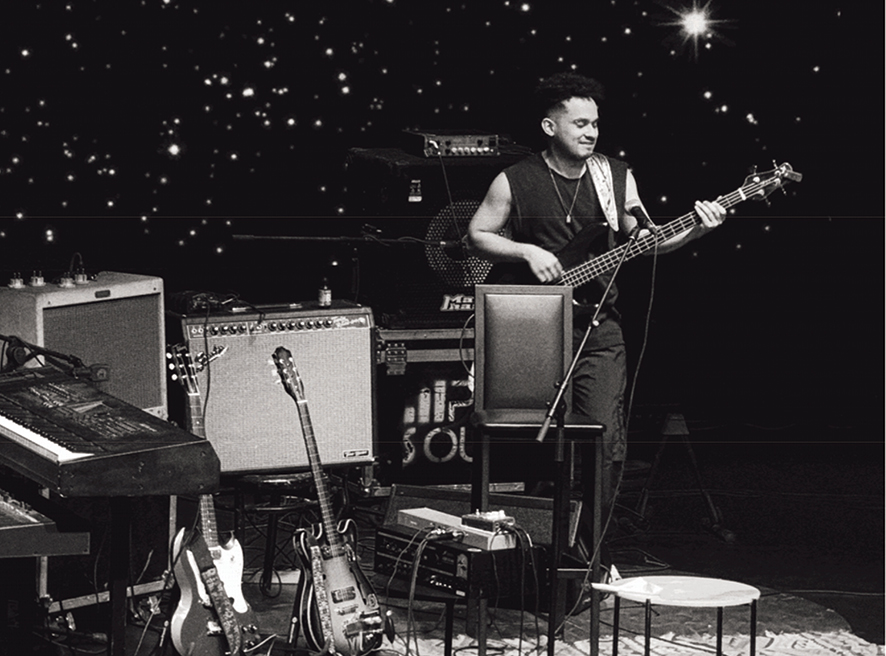
Pedro Martins, often hailed as a “multidimensional” musician, stands at the forefront of the group with his remarkable versatility. His skills span guitar, vocals, and other instruments, allowing him to lead the ensemble with a broad artistic vision. Martins’ guitar work is characterized by its lyrical quality, intricate harmonies, and rhythmic complexity. His approach often incorporates the rich, melodic lines typical of Brazilian music, seamlessly merging them with the harmonic sophistication and improvisational nature of jazz.
Vocally, Martins employs a soft, expressive style that complements his instrumental prowess. His singing often features the smooth, rhythmic phrasing found in bossa nova and samba, bringing a distinctly Brazilian warmth to the group’s sound. This dual capability as a guitarist and vocalist enables Martins to navigate and blend multiple musical textures, contributing to the group’s multidimensional character.
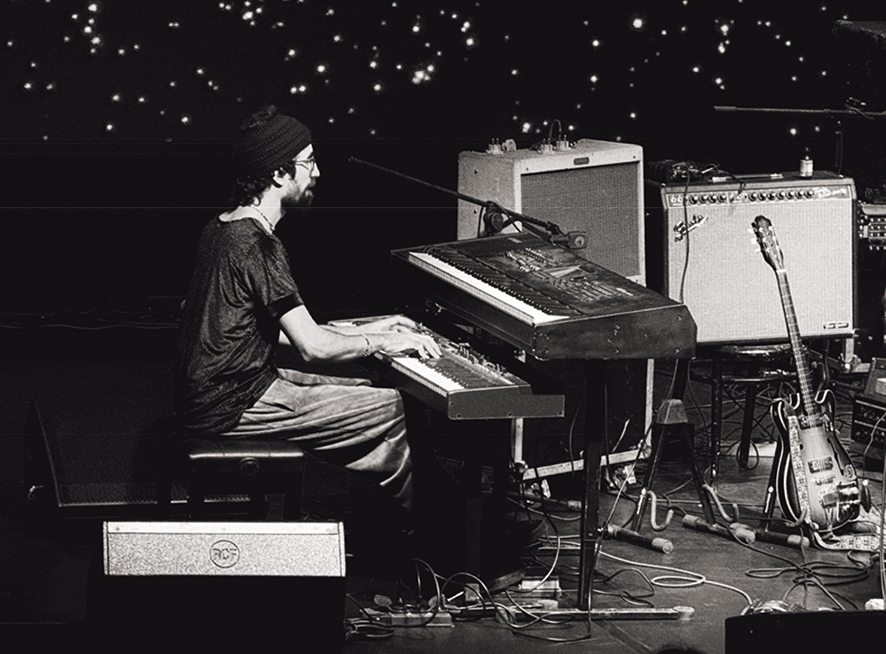
Michael Pipoquinha, a prodigious talent on the bass guitar, infuses the group’s music with a deep, resonant foundation. His playing is marked by technical precision, melodic inventiveness, and rhythmic dynamism. Pipoquinha’s style is heavily influenced by Brazilian music traditions, particularly the grooves of samba and baião, which he effortlessly integrates into the complex harmonic structures of jazz.
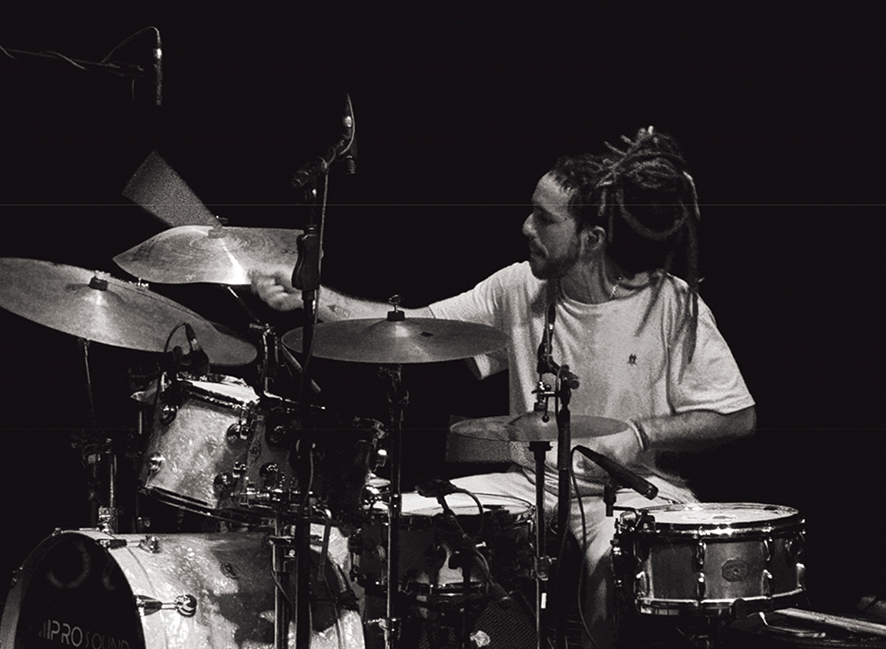
His ability to shift between supportive grooves and intricate solos adds a layer of depth to the ensemble’s sound. Pipoquinha’s bass lines often serve as a bridge between the rhythmic and harmonic elements of the group, grounding the music while allowing it to soar.
Felipe Viegas brings a rich harmonic palette to the Pedro Martins Group with his sophisticated piano work. His playing is characterized by its fluidity, harmonic richness, and rhythmic agility. Viegas draws from a broad range of influences, from the classical traditions of European music to the syncopated rhythms of Brazilian choro and samba.
In the context of the group, Viegas often serves as the harmonic anchor, providing lush chordal textures and intricate voicings that enhance the melodic lines of Martins and the rhythmic foundations laid by Pipoquinha and Galvão. His solos are a blend of lyrical expressiveness and technical brilliance, often exploring complex harmonic territories while maintaining a clear, melodic focus.
Drummer Renato Galvão completes the ensemble with his dynamic and versatile drumming. Galvão’s style is deeply rooted in Brazilian rhythmic traditions, from the driving beats of samba to the intricate patterns of maracatu and frevo. His drumming is characterized by its precision, creativity, and ability to navigate complex rhythmic structures.
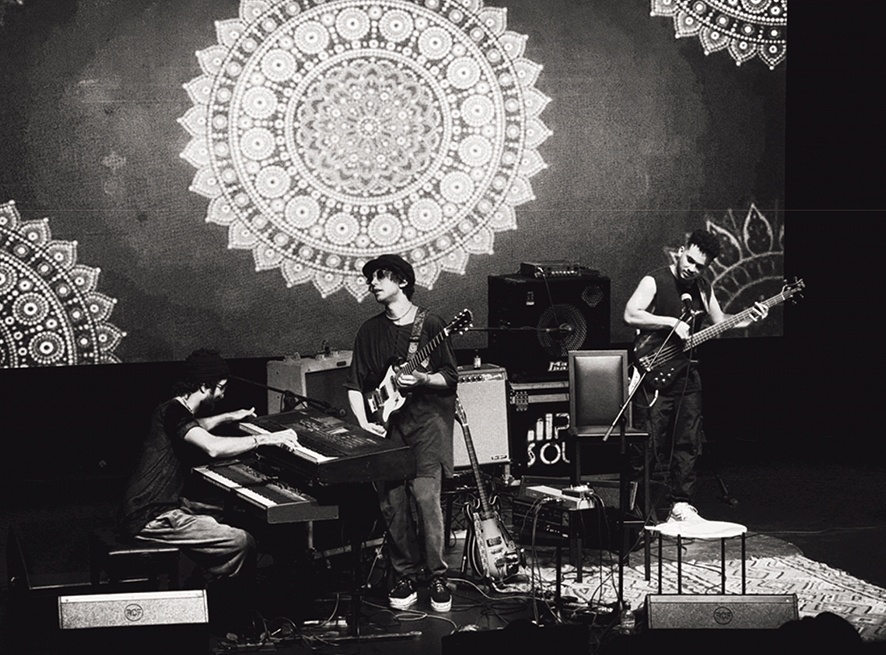
Galvão’s role in the group extends beyond keeping time; he is a rhythmic architect, crafting grooves and textures that propel the music forward. His interplay with Pipoquinha creates a powerful rhythmic foundation, while his interactions with Martins and Viegas add a dynamic and conversational element to the music.
The Pedro Martins Group stands out for its ability to fuse Brazilian musical traditions with the improvisational and harmonic complexity of jazz. Their music reflects a deep respect for their cultural roots while also pushing the boundaries of contemporary jazz. This fusion is evident in their compositions, which often feature syncopated rhythms, rich harmonies, and expansive improvisations. Their performance at the Tbilisi Rhythm Festival was marked by a high level of interplay and communication among the members. This collaborative approach allows the group to explore a wide range of musical landscapes, from intimate, lyrical passages to high-energy, rhythmic explorations.
The Tbilisi Rhythm Festival, also known as the Joseph Lagidze International Arts Festival, is a renowned event that celebrates the rich tapestry of rhythmic music from around the world. Founded to honor the legacy of Joseph Lagidze, a prominent figure in Georgian music, the festival aims to foster cultural exchange and showcase diverse musical traditions. The mission of the festival is to highlight the importance of rhythm in music, and its ability to transcend cultural boundaries. By featuring a diverse lineup of artists, the festival promotes a deeper understanding and appreciation of the various rhythmic traditions that exist globally. The festival’s emphasis on rhythm and innovation provided the perfect backdrop for the group’s blend of Brazilian and jazz influences.
By Ivan Nechaev

